At the University of Denver, even the archives have impact.
That’s particularly true of a set of photographs by Edward Curtis, the 19th-century artist and ethnographer known as the “Shadow Catcher,” a moniker he was given by the Native Americans whose visages and culture he captured in his internationally celebrated works.
Curtis collected more than 2,000 of his photographs of Native Americans and their environs in a 20-volume compendium titled “The North American Indian.” Roughly 250 of the full sets were printed, but only a handful remain intact.
“Many of them were broken up over the years,” says University Historian Steve Fisher. “We have one of the few complete sets.”
That set came to the University as a gift from the Boettcher Foundation in the 1930s, not long after the opening of the Mary Reed Library. The foundation noted that it had paid $3,000 for the collection, Fisher says, but its value today is calculated in the millions. In fact, in 2012, one complete set sold at auction for $1.44 million.
Since its arrival on campus, the collection has been used in many different ways. Shortly after Penrose Library opened in 1972, the collection served as the inspiration for “Shadow Catcher,” an exhibit sharing just some of the images in the collection. Native Americans have used the collection for genealogical research, often sharing information with the University about the subject of a particular photograph — a great-grandparent, say, or a distant uncle.
Just as important, the collection has served student and faculty researchers. It has provided illustrations for classroom lectures and presentations, as well as fodder for discussions about cultural competency and the truth revealed, or concealed, in photographs. For example, students in one recent history seminar were asked to use a Curtis photograph as a primary source of history and then answer questions about the image using context clues.
Perhaps the most poetic use comes from Colorado artist Paul Unks, who has assumed the role of Curtis’ 21st-century master printer. Working under the adopted name of Mountain Hawk, Unks has set out to put Curtis’ work in homes, offices and galleries by producing his own high-quality prints. Unlike the hastily reproduced versions found on posters and postcards, Unks’ photogravures and gold-tone prints, each derived from a work in the DU collection, duplicate the rich luster and fine detail of the originals. Today, they can be found on the walls of Denver bungalows and Navajo hogans, and they have been snapped up by the likes of Robert Redford and Steven Spielberg.
Unks dates his love of Curtis’ art to his 1971 discovery of a book featuring the photographer’s prints. The works tapped into Unks’ love for photography and for Native American culture. “I just like their style, their connection to nature, their way of life,” he says.
Later, as a photojournalism student at the University of Missouri, he studied under Art Terry, previously of National Geographic magazine. Terry championed photography as art and ethnography, and for Unks, the combination was best exemplified by the shadow catcher himself.
“Curtis was the first National Geographic-type of photographer,” Unks says. “He set the pattern for them. He was the first to use the camera as a historical, cultural tool — like the daguerreotypes in the Civil War, but unlike those, his are not boring. His sense of light and composition is very painterly. He was the first to use the camera as a historical, anthropological, cultural tool … and he did so very artistically.”
Unks’ passion for Curtis’ work remained with him through the years, but it wasn’t until 1997, when he was teaching a DU continuing education class about personal rejuvenation through the pursuit of passions that he stumbled upon a way to immerse himself in Curtis’ art and legacy.
“After the class, this one guy came up to me and said, ‘You asked us about our passions. But what about you? What do you love?’ So I told him. And he said, ‘Well you know, they’ve got some — he said “some” — Curtis photographs over at Penrose Library, in special collections.’”
At Penrose, Unks met Fisher, who took him into the archives and unveiled the bound volumes. For the first time, Unks was up close and personal with the magnum opus of his hero.
“They were right under my nose, in the town where I live, where I teach — a treasure trove,” Unks recalls. “I was thrilled. I’d been turned away by several museums and libraries when I requested to see the originals.”
He remembers untying the ribbons that closed the first volume: “Before I knew it, tears came to my eyes. They were in such good condition.”
“Shortly after that I got this vision, and I told Steve, ‘This is so wonderful — they shouldn’t just be down here.”
With sharing the images in mind, Unks arranged to remove the prints from Penrose and take them to his studio. (The insurance and legal agreement required for this venture tested his resolve. It was neither cheap nor easy.) There, he worked to produce photogravures of the same quality that Curtis’ own printmaker, John Andrew of Boston, delivered for the notoriously demanding photographer.
Making photogravures — a printmaking process that delivers the detail and continuous tones of a photograph —proved more challenging than he had expected. First he had to find a camera that would shoot 16-by-20 film. As it happened, there were only two suitable cameras in the country, and one of them happened to be in Denver.
Once he had secured the right camera, he trained the lens on the originals for long periods of time — which allowed him to bring out the details that make the originals so fascinating. The images were then transferred to new copper plates “in the traditional way that [Curtis] and John Andrew did it,” Unks explains.
“Little did I know it was going to take me seven years to make a copper-plate photogravure,” he says. Producing a high-quality gold tone took an additional three years.
Since launching his endeavor, headquartered online at edwardcurtisprints.com, Unks has given many of his works to the descendants of Native Americans depicted in the photographs. One of his favorite works, the much-celebrated “Canon de Chelly,” captures a Navajo party on horseback. The third rider from the left is also shown working at her loom in another favorite photo. In the course of his work, Unks met the woman’s granddaughter and bestowed upon her a photogravure of “Blanket Weaver,” which she proudly displayed in her hogan.
He made other gifts of photographs showcasing the Arapaho to tribal members who visited Arapahoe High School after the 2013 shooting that resulted in the death of two students — one of them the shooter — and that traumatized countless others, including Unks’ son and daughter. The Arapaho traveled to campus to help the community deal with its stress and grief, drawing on their own experiences in processing the trauma associated with the 1864 Sand Creek Massacre.
The gift is a gesture Curtis might well have made himself. As Unks sees it, Curtis was the first photographer to show Native Americans in a “respectful light.”
“He refused to show them conforming to white man ways,” he says. And in tribute, to Curtis and to the tribes he photographed, “I have tried to become Curtis’ master printer, on his behalf, the way John Andrew was, partnering with him.”

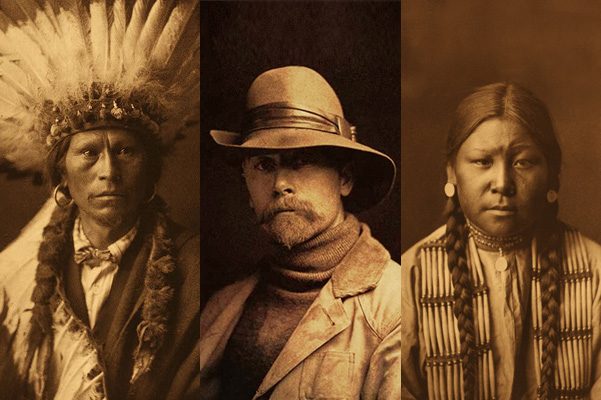


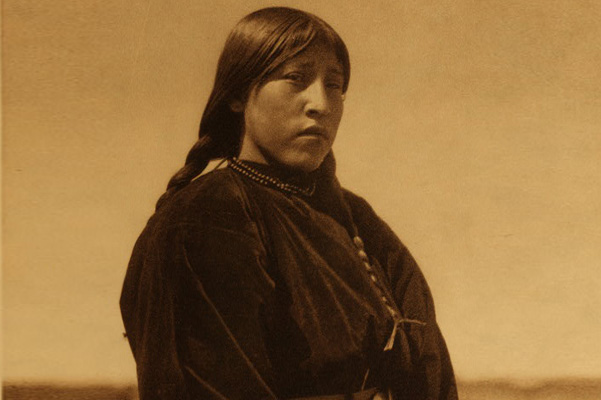
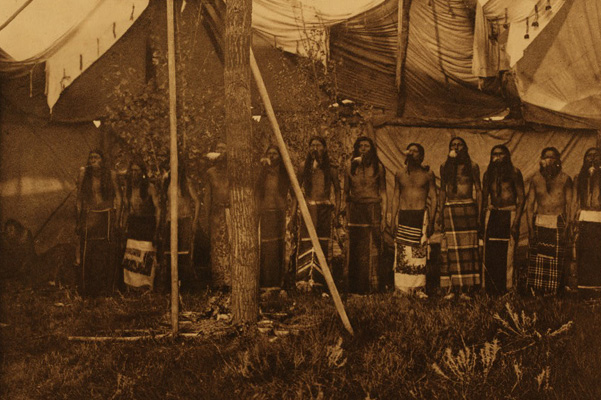
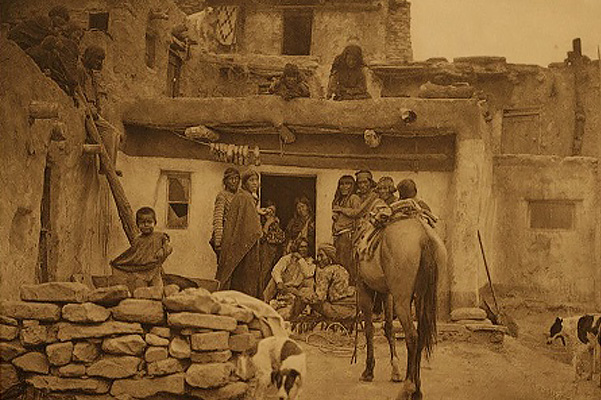
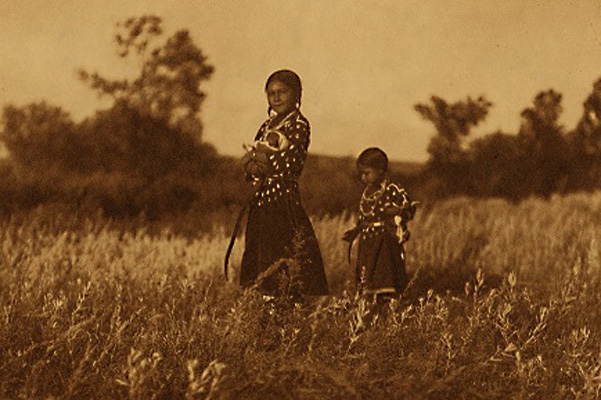
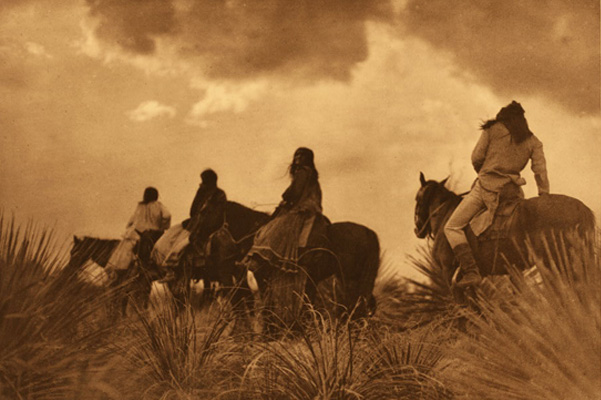
3 Comments